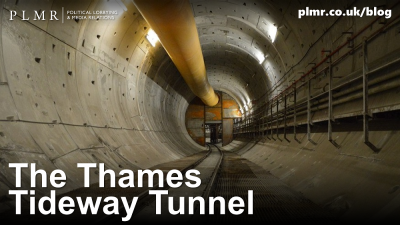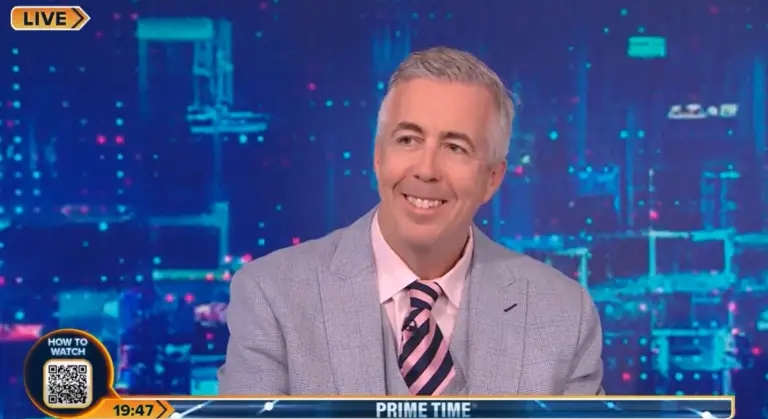The prize for shrewdest communications investment in London should arguably go to Crossrail for hiring a team of in-house archaeologists. The team has paid for itself many times over through the positive publicity it has brought Crossrail. Londoners have largely been persuaded to overlook the inconvenience and expense of the Crossrail tunnel, and water-cooler chat about the project has mostly been about the fascinating finds that the archaeologists are making. Aided by a series of BBC documentaries, Londoners are captivated by the Roman artefacts and medieval plague pits that the Crossrail team has discovered.
Yet not far from Crossrail, an equally ambitious yet lesser-known tunnel is being built. The Thames Tideway Tunnel, or Bazalgette Tunnel, is a 25km, £4.2b super-sewer being dug 70 feet underneath the river. Construction started in 2015 and is due for completion in 2022. Its role is vital.
Londoners may be shocked to learn that we live in one of the few developed cities where rainwater runoff and sewage are not separated. Joseph Bazalgette built London’s Victorian sewage system to cope with a population of 4 million – more than double the population at the time. But today, Bazalgette’s system cannot cope with London’s almost 9 million people, and consequently about once a week the system overflows, spilling waste directly into the Thames. The Thames Tideway Tunnel will solve this problem for Thames Water by collecting water from London’s drains and “lost rivers”, and directing it to treatment plants in East London.
The Tunnel’s builders have taken a very different approach to communications from Crossrail. Their efforts have been focussed on direct relationship-building with communities along the river’s banks. The “Giving Back to the Community” programme has focussed on the specific needs of each community affected by the construction, and has sought to engender a “good neighbour” reputation for the Bazalgette project.
As an infrastructure enthusiast (or should I say geek?), I am constantly surprised to meet Londoners who have not heard of the Thames Tideway Tunnel. I rave about the engineering marvels of this project and am taken aback that not everyone gets as excited by it as I do.
And yet, this is not necessarily a communications failure. Arguably, the Thames Tideway Tunnel has quietly gone about engaging those stakeholders that it needs to – riverside residents, government officials and investors – and has achieved its aims without fanfare. They have not sought publicity for publicity’s sake, and have been able to go about delivering one of the most important infrastructure projects in London’s history. Crossrail and the Bazalgette Tunnel represent two very different communications models, but both are achieving their aims in their own unique ways.




